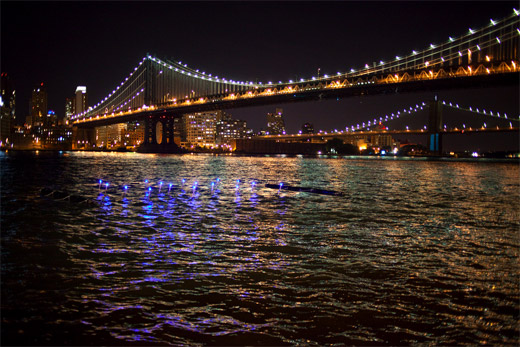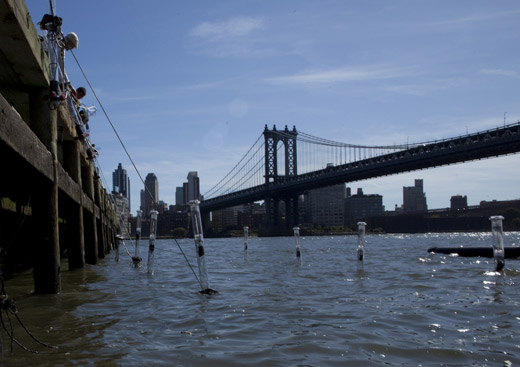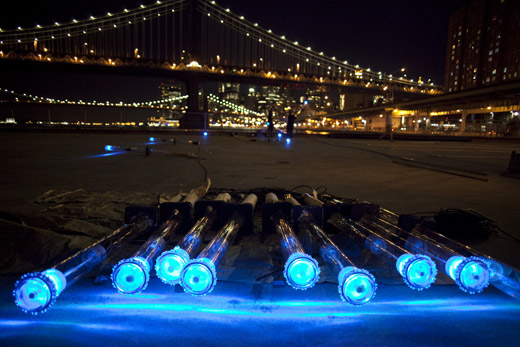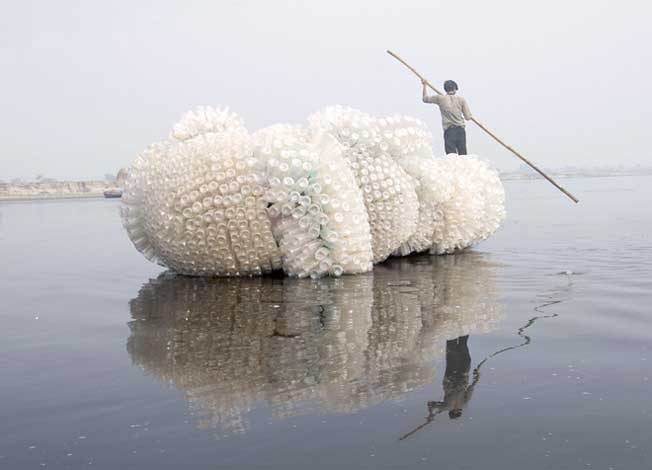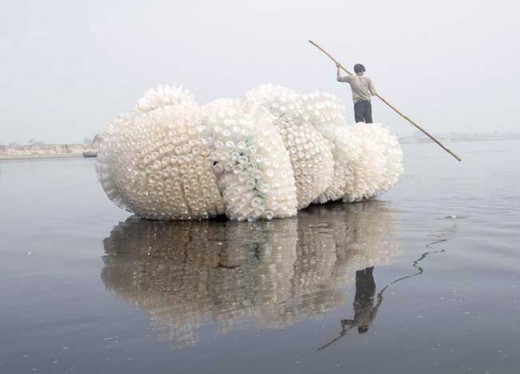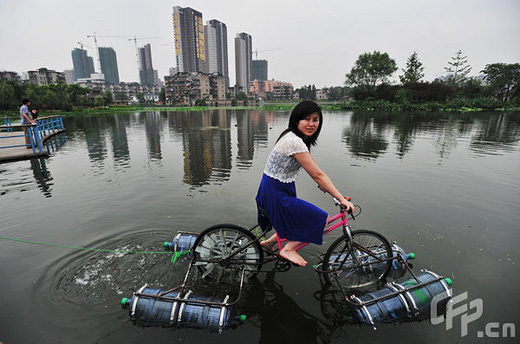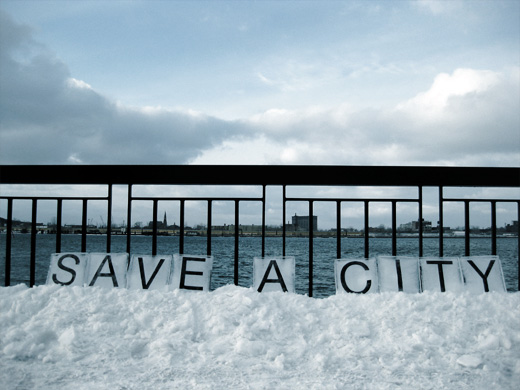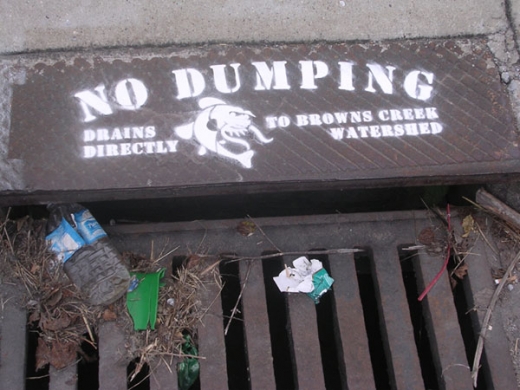httpv://www.youtube.com/watch?v=OIjV5yBxbLc&feature=player_embedded
Inspired by the Hudson River, The River That Flows Both Ways is a project by Spencer Finch that documents a 700-minute (11 hours, 40 minutes) journey on the river in a single day.
On June 12, 2008, from a tugboat drifting on Manhattan’s west side and past the High Line, Finch photographed the river’s surface once every minute. The color of each pane of glass was based on a single pixel point in each photograph and arranged chronologically in the tunnel’s existing steel mullions. Time is translated into a grid, reading from left to right and top to bottom, capturing the varied reflective and translucent conditions of the water’s surface.
Much of Finch’s work relies on scientific, or at least methodological process, to re-present natural occurrences or phenomenon. I really enjoy the processes involved in his work and his continuing translation of information and data, or at times, the failure thereof.
